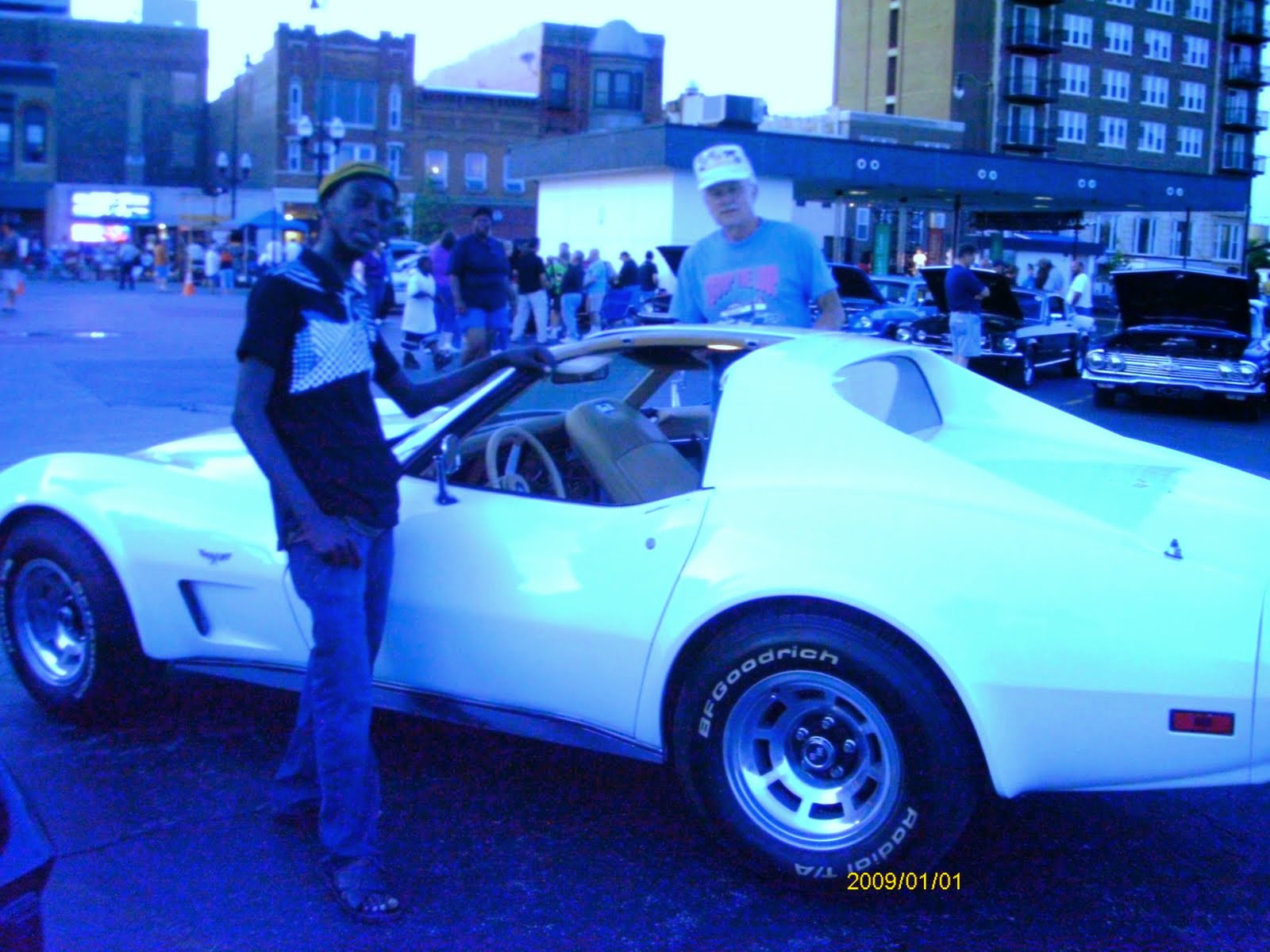
(MADNEWS) -- Absinthe, the drink that inspired artists and poets from Vincent van Gogh to Arthur Rimbaud, looks set to return to its spiritual home after French lawmakers reversed the country's century-old ban against the drink known as the "green fairy".
Assuming the repeal of the ban, first enacted in 1915, is promulgated next month by Nicolas Sarkozy, France's teetotal president, producers of the spirit expect a boom in sales.
George Rowley, managing director of British manufacturer La Fée, reckons the currently tiny market could reach $500m-$1bn within five years.
"Never before have we had a category that exists with so much intriguing and evocative history, which has been a key ingredient in many cocktails from 100 years ago," says Mr Rowley, a Lloyds broker turned absinthe revivalist.
"At the height, makers were producing 220m litres a year to supply the global market, and that was at a time, around 1905-1912, when the global population was much smaller than it is today," he says.
"That whole market is just waiting to be opened up again."
Today's market is a paltry $30m-$40m a year, Mr Rowley reckons, but it is growing rapidly as countries around the globe lift bans that were imposed partly as a result of temperance movements, and partly following lobbying by rival alcoholic drinks makers.
The outbreak of the first world war and the need for workers to back the war effort also played a part in the drink's demise.
The French move to lift the ban followed a 2009 bid by Switzerland to earmark absinthe as a regional product under the European geographical protection scheme, which covers products such as Parma ham or Roquefort cheese.
Absinthe's historic home -- argued the French -- is Pontarlier, a town within a few kilometres of the Swiss border.
Opposition to the Swiss move spurred the legal partial rehabilitation of the drink.
Absinthe was vilified -- and romanticised -- for its potency and supposed hallucinogenic qualities, acquiring the same order of notoriety as gin, or mother's ruin, in the UK.
It has been cited as a prime influence behind Van Gogh's painting 'Starry Nights'.
But even today, the drink stirs conflicting emotions -- and outright opposition.
Thujone, a chemical side product of the wormwood herb used to flavour absinthe -- and sometimes blamed for its alleged mind-bending properties -- is a controlled substance under European regulations.
However, it is only found in the drink in minute traces, says Mr Rowley -- far less than occurs in sage stuffing. Changes to European regulations in 1988 helped partly re-establish absinthe by limiting thujone content, and capping its alcoholic content at 72 per cent alcohol by volume.
For comparison, much of the vodka currently on commercial sale is about 40 per cent. But producers were still constrained by rules limiting the use of the term absinthe.
Producers have crawled through legal loopholes to make the green fairy, so-called because of the visual effect of absinthe reacting with water, available once more.
In 2000 La Fée became the first brand to distil in France since the drink's banishment, working together with the curator at France's Musée de L'Absinthe.
The company availed itself of a waiver that allows production for export purposes.
It also sells in France, using the approved Spiritueux aux plantes d'Absinthe terminology on its labels (but with identical spirit inside).
Pernod Ricard, the French drinks group, re-launched its Pernod aux extraits de plantes d'Absinthe in 2001, and says sales in key markets are growing 20 per cent annually.
Its biggest market is the US, which Pernod reckons accounts for half of all sales globally.
Producers have complained of absinthe-branded products emanating from eastern Europe, which have little in common with the viscous green original beyond a strong alcoholic kick.


No comments:
Post a Comment